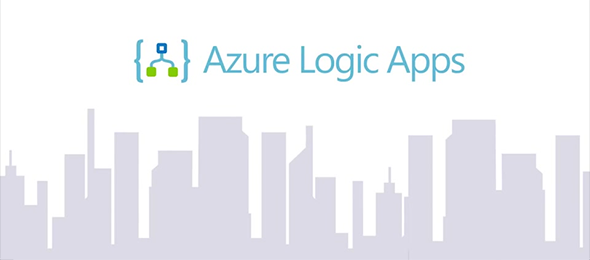Dynamics 365 and SharePoint Online Integration – Azure Configuration
The next part of this solution is to configure Microsoft Azure. If you do not have an Azure account, you can create a Trial account of Pay as you go account. If you are a partner or have a BizSpark subscription you get a certain amount of credits per month, which should be more than enough for the type of implementation that needs to be done using Azure.

